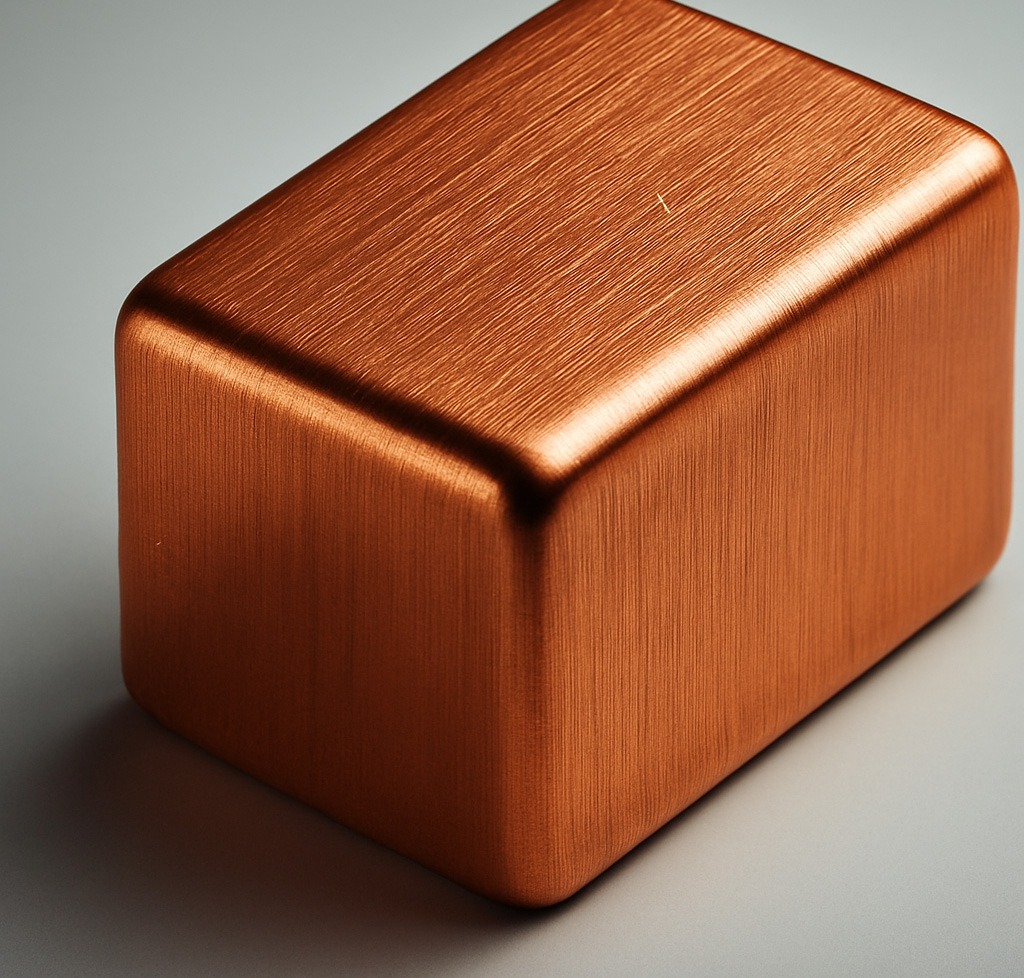Copper (Lat. Cuprum) is a popular, non-rare metal widely used in the production of everyday household goods, as well as in the construction and electronics industries. The popularity of copper comes not only from its abundance. Copper’s physical-chemical properties are very favourable for production and processing. Copper is a soft and malleable metal as well as excellent conductor of heat and electricity. The melting point of copper is 1083 °C, the boiling point is 2567 °C.
Copper (chemical symbol Cu) is widely used in the construction industry. It is utilized in plumbing, roofing, and especially in various electrical installations. About 10-20 kilograms of copper can be used for the electrical installation of a single medium-sized private house and one meter of copper electrical wire can contain about 50 grams of the metal.
Copper is also widely used in various electrical transformers. Even a low-power transformer (weighing 10-50 kg) can contain from ~5 to 35 kg of copper. This metal constitutes about 50-70 percent of the total weight in electrical transformers. In daily household use, larger amounts of copper are also found in refrigerators (~0.5 kg per unit), electric kettles (~0.1 kg per unit), microwave ovens (~0.2 kg per unit), and computers (~0.2-0.3 kg per unit).
Copper is extensively used in the production of various vehicles and medical equipment, as well as in the chemical industry. Although this metal is not popular in the investment sector, copper is actively used in the manufacture of various types of jewellery.
Sources:
https://www.sciencedirect.com/topics/nursing-and-health-professions/copper
